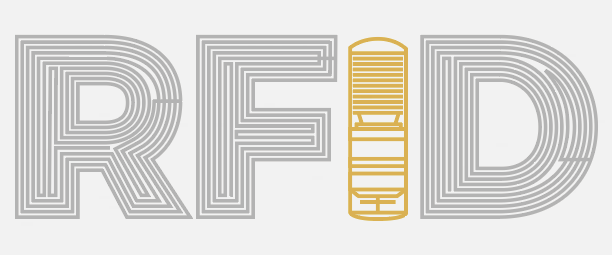RFID (or radio-frequency identification) is one of those magical technologies that, no matter how many times I use it in a project, it still seems novel. In today's episode of "Engineering Roundtable," SparkFun Engineer/Product Vetter Joel dives into some of the nitty-gritty behind RFID and shows how to incorporate this nifty technology into a useful project. Check it out:
Vimeo version can be found here
As always, feel free to leave any questions or suggestions in the comments section below. We'd also love to hear about how you've incorporated RFID technology into projects you've made - leave them in the comments section as well. Cheers!

Interested in more RFID?
We've got a page just for you! Get an overview of the basics of how RFID works, the hardware needed and tutorials to get you started.






The major parts for this cool project can be found in this wish list.
Note that garage door opener control wires are low voltage, not line voltage, so the beefcake relay is overkill; but it will be very reliable and will work with all garage door opener models.
If you want a longer range but still keep the remote device small, try using the SparkFun Nike+iPod Serial to USB Adapter as shown in this project to lock/unlock a car. nike hacked to open cars from afar I would recommend adding a power button on the transmitter or may be a pressure switch under the seat so when you get off the bike it will transmit. They clam 50+ foot range.
Full tutorial for that project is here in case anyone is looking for it.
Is it possible to get a copy of the code that was used I dont understand how to get the information from the reader into the arduino
I am also planning to have my glass door like this http://caldwells.com/interior-doors/glass-doors, can be open via app on my smartphone. How was that sounds?
This is a very cool project but I find myself criticizing your soldering. Not to sound like a jerk, but whiskey tango foxtrot? Here is just one of many great soldering tutorial on youtube. http://www.youtube.com/watch?v=I_NU2ruzyc4
Not sure if they cover tinning wires, but you never apply the solder to the iron and use it to tin. If you do that, your burning away the flux from the solder core before it is effective. Instead, heat the wire, apply solder to the wire and tip to initiate heat transfer,then only apply solder to the wire. Stop the process before the solder reaches the wire insulation! If solder wicks, (enters the installation)your going to have a brittle joint.
Again, nice project. Just a little helpful (I hope) criticism.
Did.. did Nick just lose his #*(% and zapped the comments? Fourth!
On-topic: *Receiver. Even more on-topic: That's pretty cool. Hopefully you can extend the range a little so you don't have to headbutt the door every time, though :)
Also, if you could, there's a question in the https://www.sparkfun.com/products/8628 comments regarding what the LA suffix in the marking means. The manufacturer's site has no particular information that I could find.
( Edit: This post read "... did Nathan just ..." in err - d'oh! )
For those of you following along at home, this would be the precise moment at which I realize that we forgot to hide children of hidden comments in the feed.
Whoops.
popcorn.gif
Don't you have an abandoned industrial site to be infiltrating or something?
Won't somebody think of the children!?
Still, that's a lot shorter than it took me to realize I meant Nick. Mea culpa, Nathan :)
The manufacturer website is not helpful but it is entertaining. I want to know more about the supper range. The thought makes me hungry.
http://www.id-innovations.com/httpdocs/long%20range%20reader%20ID180.htm